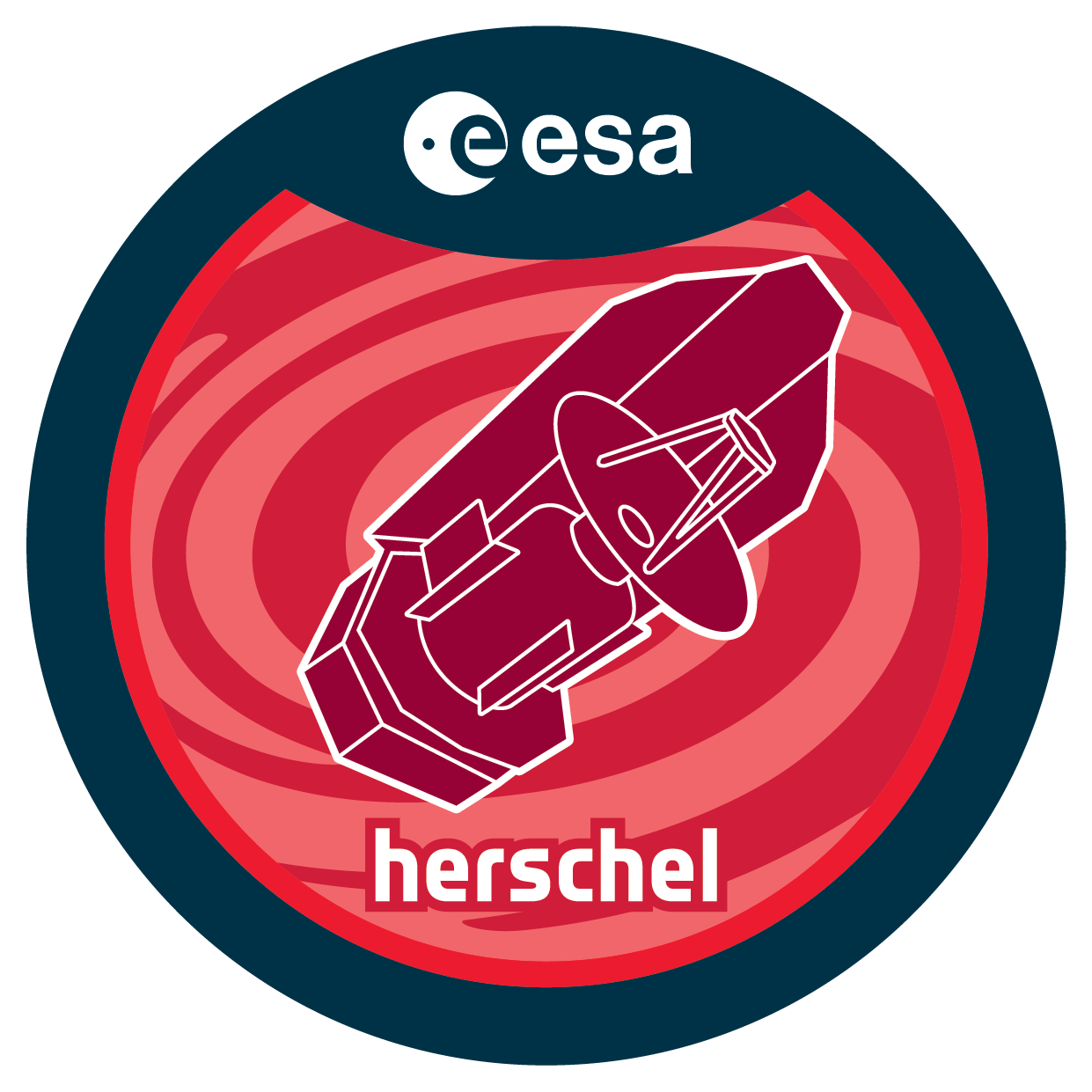| Description |
We propose for PACS spectroscopy of the O III 88 micron and N II 122micron lines, and SPIRE far-IR photometry, to observe a sample of 16low-redshift IR-luminous galaxies, at log L_IR = 11.6 to 12.2 Lsolar, that aredistinguished by large size and non-merger structure. In OT1 we are obtainingPACS spectra of C II 158 and O I 63 microns for this sample. Thesegalaxies are interesting because they have high SFR activity spread over alarge physical area, rather than concentrated into extremely dense nuclearregions, as in most local major merger ULIRGs. They are good analogs forhigh-redshift IR-luminous galaxies, which have far-IR spectral shapesdifferent from local ULIRGs. At z>1, much of the star formation in massivegalaxies is at LIRG and ULIRG levels, and U/LIRGs dominate the IR luminositydensity. Understanding star forming regions in high-z IR-luminous galaxies isnecessary to understand the conditions in which most of the stars in massivegalaxies formed. In a few high-z lensed ULIRGs where C II can be observed,C II/FIR is high, like local star-forming galaxies and unlike local ULIRGs.C II is a major cooling line in PDRs and the far-IR lines probe the physicalconditions and UV intensity in IR-emitting regions. In our sample observed sofar in OT1, C II/FIR is high - they do not suffer the C II deficit foundin local ULIRGs. This suggests that redshift evolution in IR SEDs and lineratios are related to the larger extent of star formation, and that this low-zdisky sample are good analogs. The O III and N II lines provide moredetailed probes of the ionization state, gas density, and ionizing SEDs in thestar-forming regions: in published samples the O III/FIR ratio shows tensionwith simple models for the line deficit, and N II and O III can constrainionizing SED versus gas density. The SPIRE far-IR photometry will constrainthe total IR luminosity and cold dust in these galaxies, which have cool IRcolors and far-IR fluxes rising past 100 microns. |

